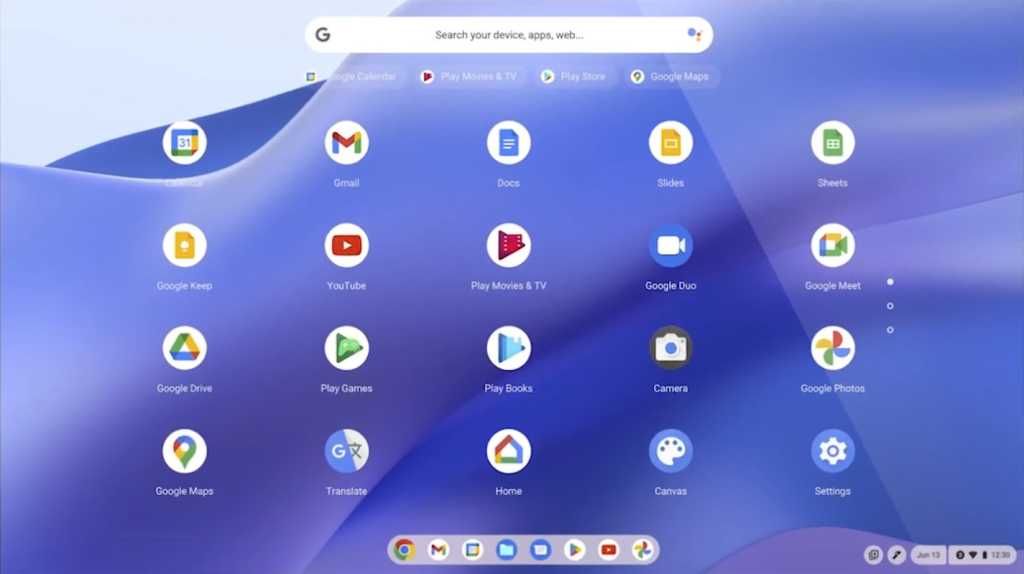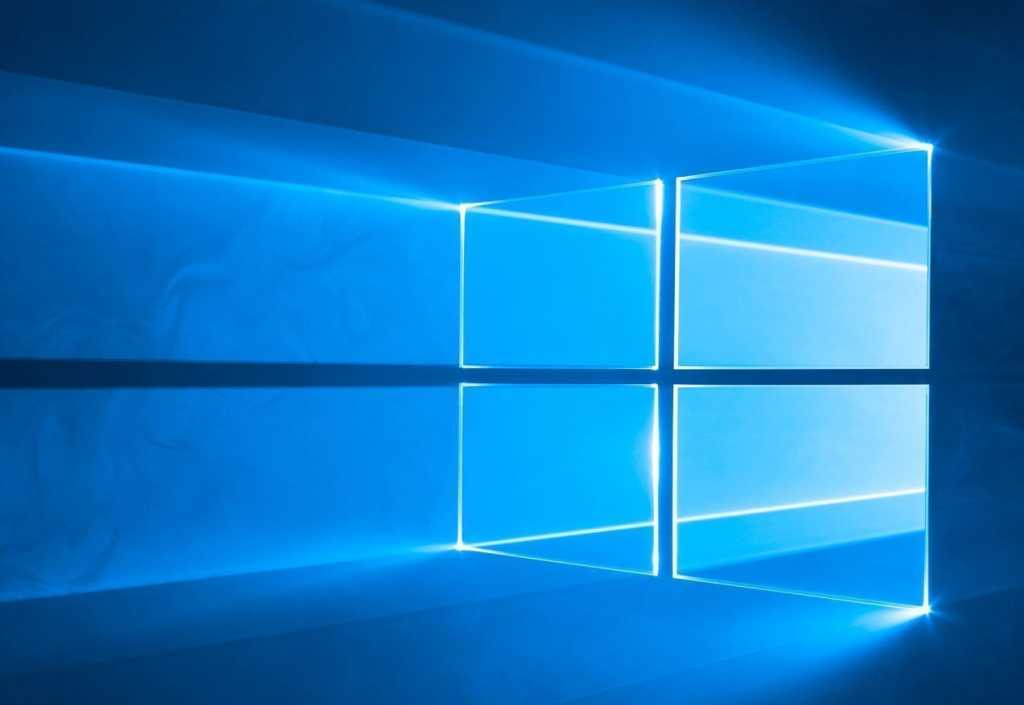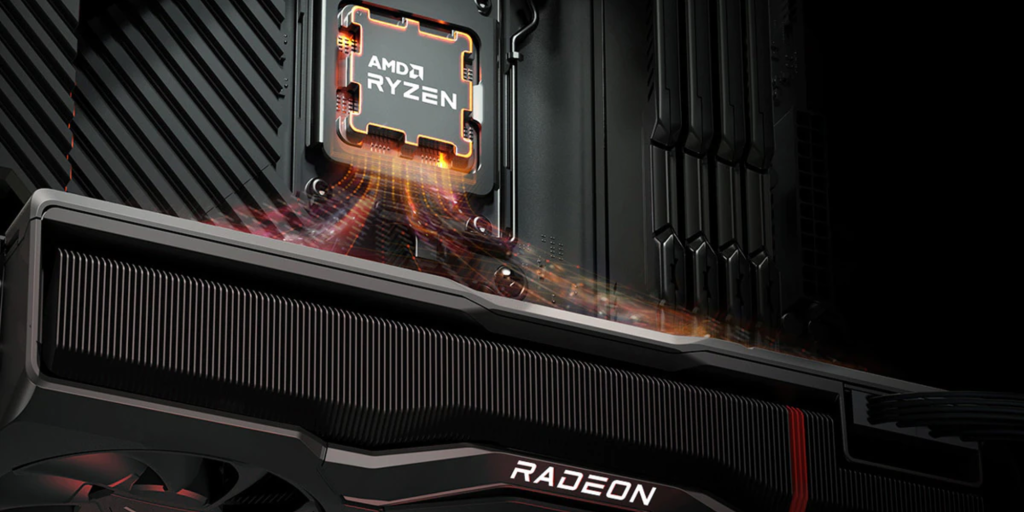Windows 11 installs quickly on most computers, bypassing Microsoft’s hardware requirements with tools like Rufus. On many Windows 10 machines, especially those with 7th-gen Intel Core CPUs or newer, Windows 11 runs smoothly. However, older PCs struggle with Windows 11, making Google’s Chrome OS Flex a compelling alternative.
Chrome OS Flex is a modern Chrome OS version designed for low-powered computers and laptops. Even older hardware can handle office work, web browsing, and similar tasks. Unlike Microsoft’s support for Windows 7 and 8.1, Google provides Chrome OS Flex with monthly updates, patching security vulnerabilities regularly. For those interested in exploring Chrome OS Flex, our guide (link to guide if available in original article, otherwise remove this phrase) details installation, usage, and program installation, effectively turning an old laptop into a Chromebook.
Chrome OS Flex excels in its lightweight nature, demanding minimal resources and reviving older hardware. Its speed and simplicity make it ideal for everyday tasks. Regular updates ensure security and stability, offering a significant advantage over outdated Windows versions.
While Windows 11 offers a familiar interface and broad software compatibility, its hardware requirements exclude many older PCs. Forced upgrades can lead to performance issues and instability on these systems. Chrome OS Flex provides a viable solution, offering a modern, secure, and efficient operating system for aging hardware.
Choosing between Windows 11 and Chrome OS Flex depends on the hardware and user needs. For older PCs, Chrome OS Flex provides a performance boost and extended lifespan. Its cloud-based nature simplifies maintenance and ensures regular security updates. However, users reliant on specific Windows software might find the transition challenging.
Ultimately, Chrome OS Flex presents a compelling alternative to struggling with Windows 11 on older hardware, offering a modern, secure, and performant experience.











